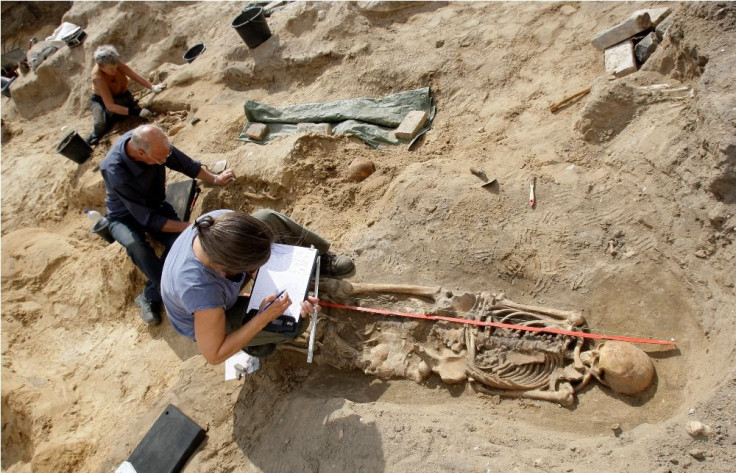Archaeologists resume work in northern Iraq's Neanderthal caves as ISIS gets pushed out

The archaeologists are now able to resume their work in northern Iraq's Neanderthal caves, thanks to the elimination of the terrorist group ISIS from the region. The terror outfit by the group made it nearly impossible for the researchers to make new discoveries in the region.
The pushing out of the ISIS from the Shanidar cave will now allow the researchers to reclaim looted antiquities and plan toward conservation of the historical site. Shanidar cave is a site Iraqi Kurdistan, which is believed to have been inhabited by Neanderthals nearly 40,000 years ago.
Before the invasion of ISIS in Iraq in 2014, a team of international researchers from over 16 countries were conducting excavation in the Kurdistan region, reports LiveScience. A collaboration between Kurdish forces and allied air strikes have made it possible to drag ISIS out of the region in the last few months, thus enabling archaeologists return to the site.
A number of Neanderthal skeletons were recovered from the site during an excavation mission that took place between 1952 and 1960. In addition, recovery of pollen remains from the site showed that Neanderthals used to bury flowers in graves along with the dead remains.
Kurdish archaeologist Dlshad Marf Zamua believes that even though the terror outfit causes by ISIS has destroyed and looted a large number of sites of archaeological importance, there are multiple ways through which scientists, law enforcement agencies and scientific institutions across North America and Europe can help save the region.
In a recent article published in the journal Antiquity, a team of archaeologists reported finding additional Neanderthal bones from the Shanidar cave. The bone remains recovered from the area includes a hamate, the distal ends of the right tibia and fibula, and some articulated ankle bones, scattered fragments of two vertebrae, a rib and long bone fragments.





















